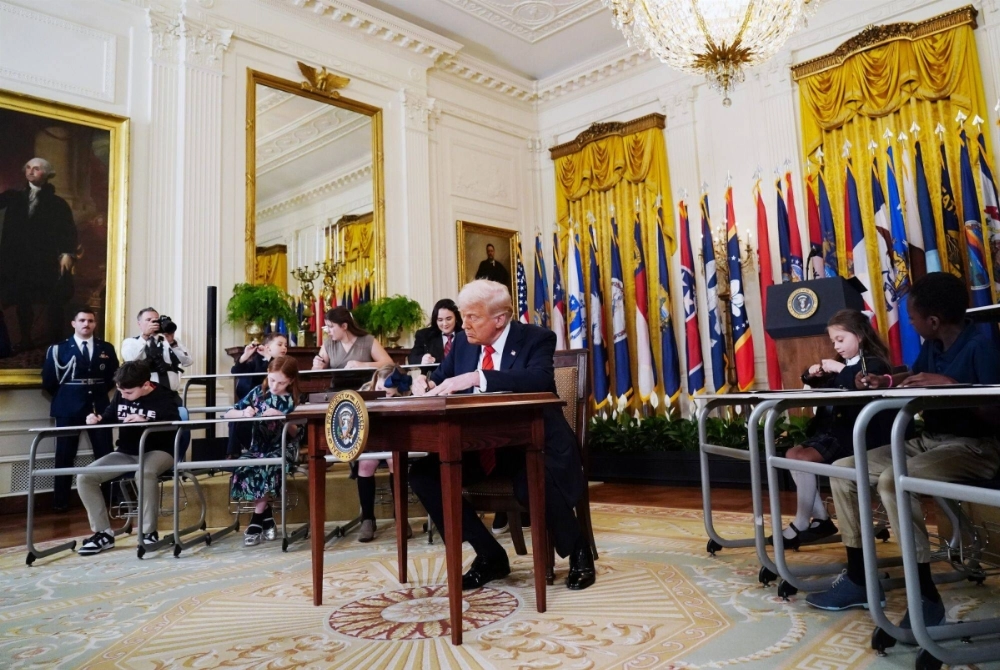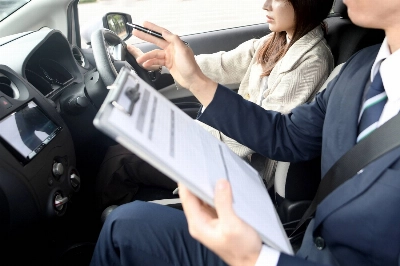On Thursday, U.S. President Donald Trump signed an executive order to "begin eliminating” the U.S. Department of Education. It was exactly as expected: a performative exercise that will achieve none of the president’s stated campaign promises, including shutting down the agency.
That’s because the president doesn’t have the authority to eliminate the Cabinet-level department without congressional approval, and lawmakers just voted to keep it alive for at least another year.
Despite all the pomp, Trump is focused on fixing the wrong problem and that presents Democrats with a perfect opportunity. The reality is that this administration has no plan to deal with the post-COVID-19 collapse in student achievement and Democrats know what to do. But seizing the narrative won’t be easy, as their party is still heavily associated with unpopular pandemic-era school closures.


















With your current subscription plan you can comment on stories. However, before writing your first comment, please create a display name in the Profile section of your subscriber account page.